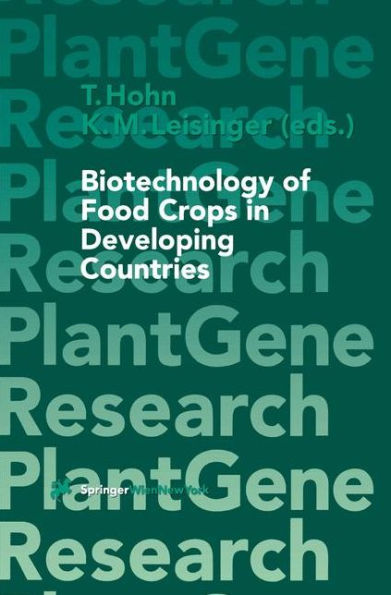5
1
9783709173169



Biotechnology of Food Crops in Developing Countries / Edition 1 available in Hardcover, Paperback

Biotechnology of Food Crops in Developing Countries / Edition 1
- ISBN-10:
- 3709173167
- ISBN-13:
- 9783709173169
- Pub. Date:
- 10/04/2012
- Publisher:
- Springer Vienna
- ISBN-10:
- 3709173167
- ISBN-13:
- 9783709173169
- Pub. Date:
- 10/04/2012
- Publisher:
- Springer Vienna

Biotechnology of Food Crops in Developing Countries / Edition 1
$54.99
Current price is , Original price is $54.99. You
54.99
In Stock

Product Details
| ISBN-13: | 9783709173169 |
|---|---|
| Publisher: | Springer Vienna |
| Publication date: | 10/04/2012 |
| Series: | Plant Gene Research |
| Edition description: | Softcover reprint of the original 1st ed. 1999 |
| Pages: | 227 |
| Product dimensions: | 6.10(w) x 9.25(h) x 0.02(d) |
From the B&N Reads Blog
